It was called the “captain of death.”
Tuberculosis, until a few decades ago, had killed one in seven people who had ever lived on the planet, and there was no cure in sight. Popularly known as consumption, it ravaged the United States in 19th century, spreading fear, uncertainty and mass deaths.
The effort to contain or eradicate it is the subject of Chana Gazit’s absorbing PBS American Experience documentary, The Forgotten Plague: The Deadly Story of Tuberculosis in America and the Hunt for a Cure, which will be broadcast on Feb. 10 at 9 p.m. (check local listings).
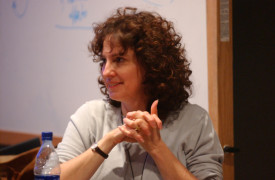
The story is told through interviews with victims, historians and scientists and, of course, through the medium of vintage photographs.
People who contracted this terrible disease grew thinner, fatigued and finally coughed themselves to death. Tuberculosis affected rich and poor alike. Physicians claimed it was hereditary, but thought that fresh air and wide open spaces could alleviate its effects.
From the 1840s onward, tens of thousands of consumptives headed West for a cure. These Americans played an integral role in settling states like Arizona and California and founding towns like Pasadena. Sensing an opportunity, real estate developers built new communities along railway lines.
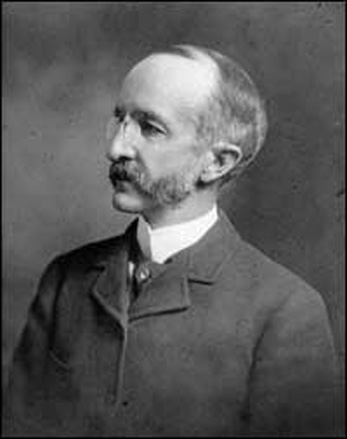
Edward Trudeau, a New Yorker who suffered from tuberculosis, was one of those doctors who fervently believed that clean air was essential to good health. After reading an article about tuberculosis by the German scientist and future Nobel Prize winner Robert Koch, who claimed that tuberculosis was caused by germs, Trudeau realized that it could be vanquished.
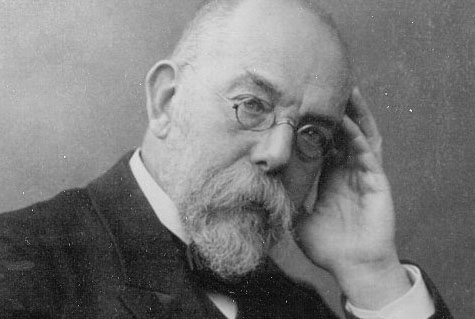
The medical profession was initially skeptical of Koch’s hypothesis, but Trudeau became a convert. Inspired by Koch’s findings, he moved to the rustic town of Saranac Lake in the Adirondacks, where he eventually established the first American sanatorium for consumptives. By the early 20th century, one out of every 170 Americans was confined to a sanatorium.
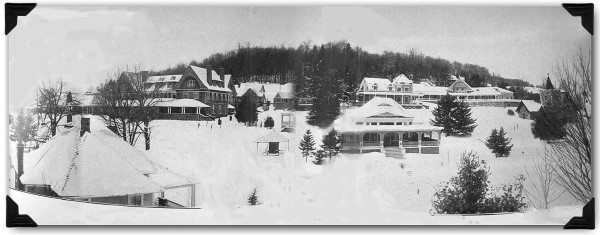
Koch and Trudeau ushered in a revolution.
Health departments in the United States launched tuberculosis awareness campaigns. Cities built parks and playgrounds. New sanitary and hygiene measures were unveiled. Conditions for workers improved. People added porches to their homes.
In 1943, a young Rutgers University microbiologist, Albert Schatz, developed a historic method to treat tuberculosis. Working under the direction of Selman Waksman, he discovered an antibiotic, streptomycin, that could stem the march of tuberculosis.
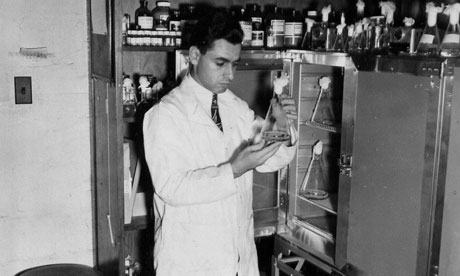
Many of his patients relapsed, prompting Schatz to develop more effective drugs. By 1950, tuberculosis in the United States had been more or less eradicated.
Tuberculosis made a menacing comeback in the 1980s, reappearing alongside AIDS. And today, it kills millions around the world. But the contagion that has plagued humanity for the past 3,000 years is no longer as threatening as it was a century ago.